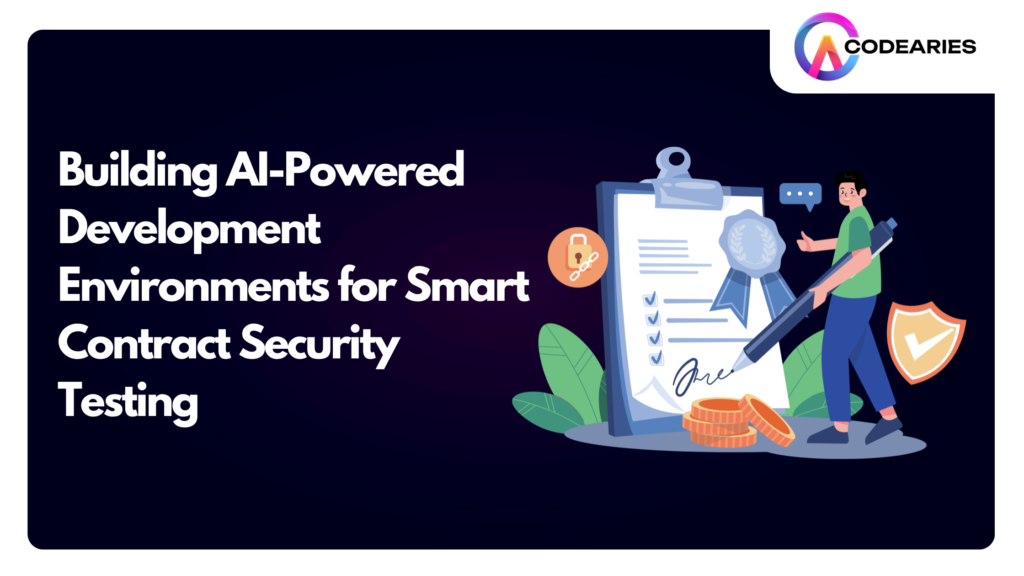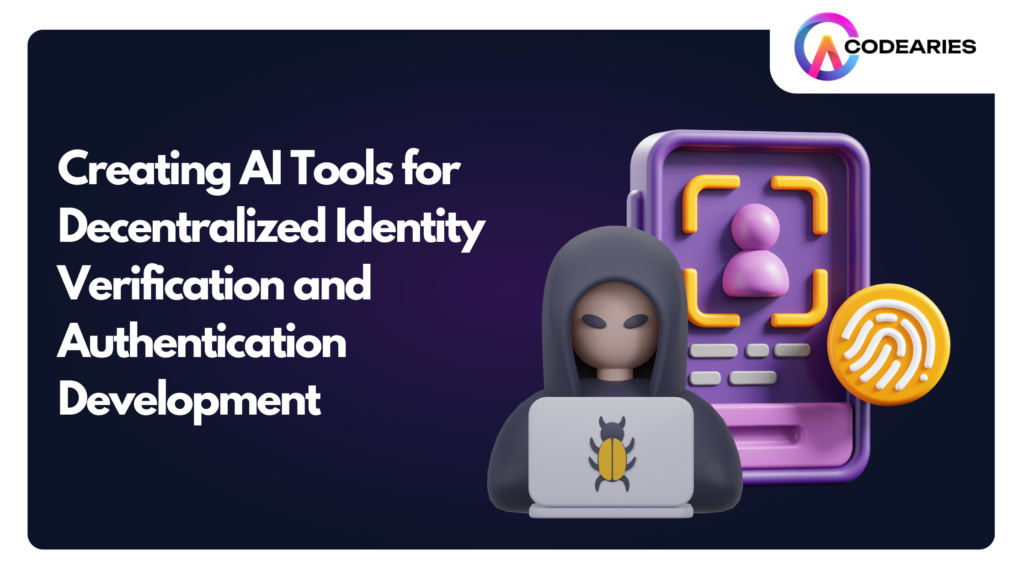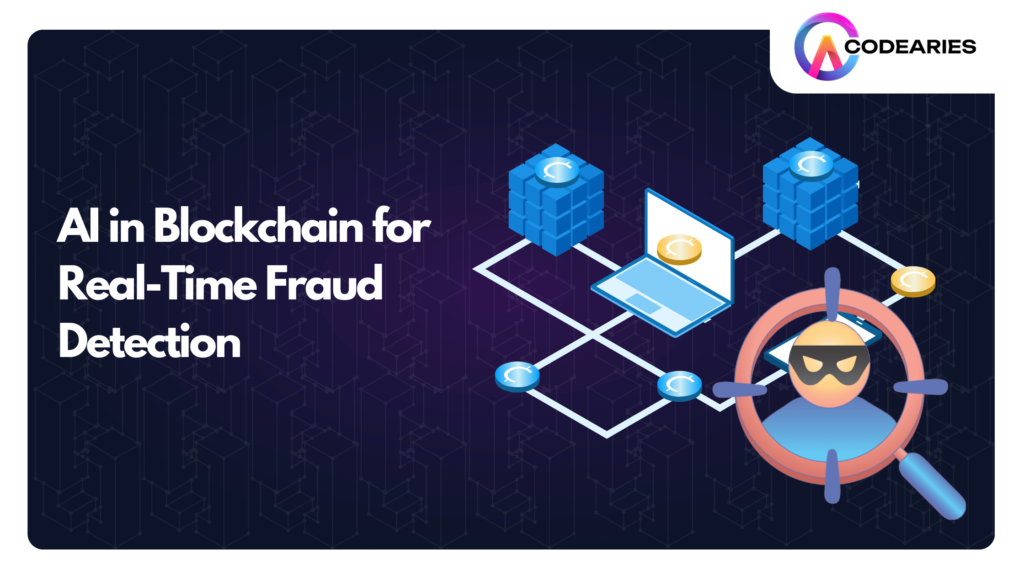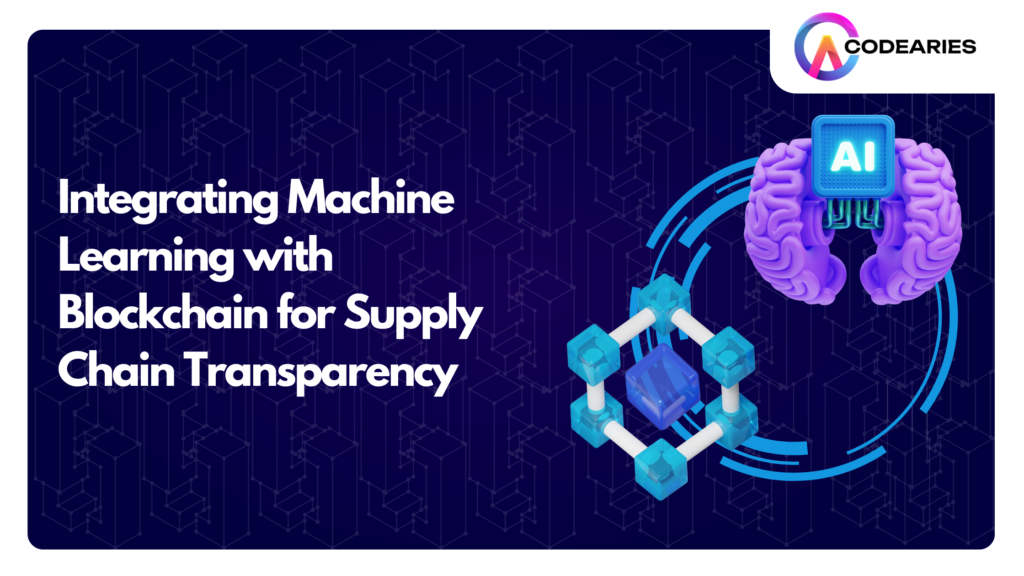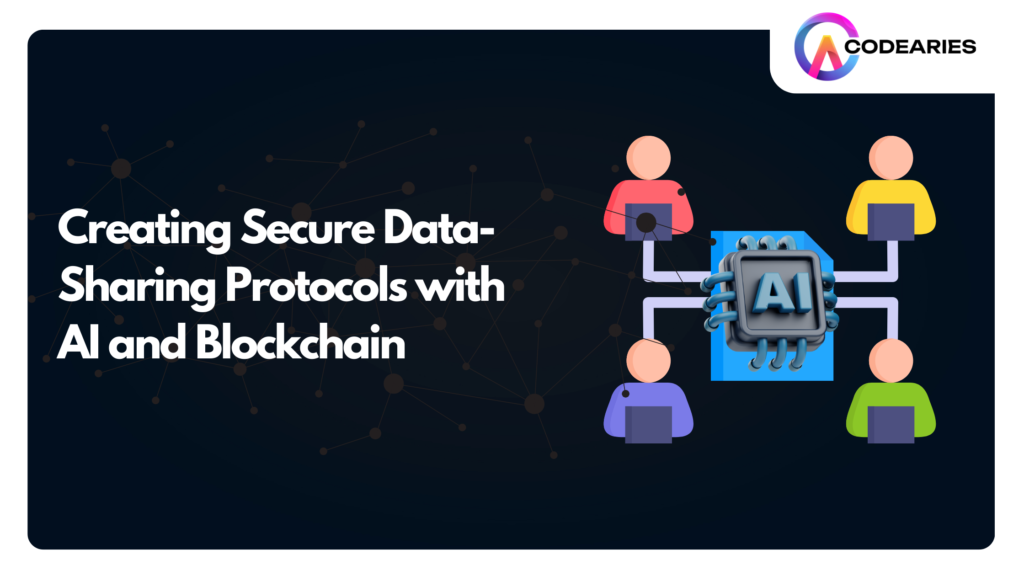Blockchain Platforms with Integrated AI for Automated Market Making
AI and blockchain integration redefine decentralized financial systems, enhancing efficiency, security, and automation. While blockchain provides a secure, distributed ledger where transactions are verified transparently, AI augments this infrastructure by automating decision-making processes and improving system optimization. Together, these technologies offer decentralized platforms the ability to manage trades, optimize liquidity pools, and execute smart contracts autonomously without human intervention. This integration is particularly transformative for automated market makers (AMMs), which rely on smart contracts to create liquidity pools and facilitate trading. AI can dynamically adjust key parameters, such as pricing and liquidity, ensuring decentralized exchanges remain efficient, secure, and liquid under market conditions. Automated Market Making (AMM): A Fundamental Concept in DeFi Automated Market Making (AMM) represents a key innovation within decentralized finance (DeFi) that allows token trading on decentralized exchanges (DEXs) without relying on traditional order books. Rather than matching buyers and sellers directly, AMMs leverage mathematical algorithms to determine the pricing of assets. This revolutionary approach offers numerous benefits, making it an integral part of the decentralized ecosystem: Key Advantages of AMMs Decentralization: AMMs operate without a centralized entity to manage trades or liquidity, ensuring resistance to manipulation and control. Continuous Liquidity: Even when active traders are scarce, AMMs guarantee liquidity by enabling trades to occur through liquidity pools. Open Accessibility: AMMs are generally permissionless, meaning anyone with internet access can trade or contribute liquidity, promoting financial inclusivity. How AMMs Function At the heart of AMMs lies the constant product formula, a simple yet powerful mechanism to maintain liquidity balance. This formula ensures that the product of the two tokens’ reserves in a pool remains unchanged, regardless of trades. For example, in a liquidity pool containing token A and token B, the formula can be expressed as: Reserve(A) * Reserve(B) = Constant When users swap tokens, this equation automatically adjusts prices. For instance, if a user buys token A, the reserve of token A decreases, while the reserve of token B increases to maintain the constant product. The price shifts accordingly based on the available reserves of each asset in the pool. Key Elements of an AMM Liquidity Pools: These pools contain two or more tokens contributed by liquidity providers (LPs), who earn a share of trading fees in return. Constant Product Formula: The equation used to manage token prices in the pool, maintaining a dynamic equilibrium as trades occur. Price Adjustment Mechanism: AMMs autonomously adjust asset prices based on the supply and demand of tokens in the pool, ensuring trades are executed at fair market rates. Leading AMM Protocols Several AMM platforms have emerged as leaders in the DeFi space, each catering to different market needs: Uniswap: One of the earliest AMMs, Uniswap pioneered the constant product formula, providing simple, effective token swaps on Ethereum. Curve Finance: Optimized for trading stablecoins with minimal slippage and improved capital efficiency, Curve is ideal for stable asset exchanges. Balancer: A more customizable AMM that supports pools with multiple tokens and allows for variable weight distribution, giving users flexibility in how they structure their liquidity. Blockchain’s Role in Revolutionizing Automated Market Making (AMM) Blockchain technology has changed how Automated Market Making (AMM) operates, making trading more efficient, secure, and decentralized. By leveraging blockchain’s core principles, AMMs have evolved into transparent and trustless platforms, reshaping the landscape of decentralized finance (DeFi). Transparency and Trust Immutable Ledger One of blockchain’s most powerful features is its immutable nature. Every transaction, trade, and liquidity adjustment is permanently recorded on the blockchain. This ensures that all price movements and market activities are fully transparent and auditable, reducing the risk of tampering or manipulation. Smart Contracts AMM protocols rely on blockchain-based smart contracts, which automatically execute trades based on pre-defined conditions. These contracts are publicly verifiable, meaning that all parties can trust the system without a central authority overseeing the process. This enhances trust and minimizes the risk of fraud or intervention. Decentralization Removal of Centralized Authorities Intermediaries are often required to manage transactions and liquidity in traditional financial markets. Blockchain-based AMMs eliminate these intermediaries, allowing trades to occur directly between participants. This decentralized approach reduces fees and prevents issues like market manipulation and the risk of system failures due to centralized control. Enhanced Security Cryptographic Protection Blockchain’s foundation lies in advanced cryptography, ensuring that data and transactions are secure from external threats. This cryptographic layer safeguards the integrity of AMM operations, keeping user assets and data secure from malicious actors. Smart Contract Audits While smart contracts are vulnerable to coding errors or exploits, blockchain protocols often undergo extensive security audits. These audits, conducted by independent parties, help identify and address vulnerabilities before they are deployed, increasing the overall security of the AMM. Interoperability Standardized Token Frameworks Blockchain ecosystems like Ethereum (with ERC-20) and Binance Smart Chain (with BEP-20) have established token standards that facilitate seamless trading of various assets. This compatibility makes it easier for AMMs to integrate diverse tokens and increase liquidity. Cross-Chain Solutions The rise of cross-chain protocols such as Polkadot and Cosmos has enabled AMMs to operate across multiple blockchains. This interoperability expands market opportunities by allowing the trading of assets on different blockchains, thereby enhancing liquidity and market diversity. Driving Innovation New AMM Features Blockchain has empowered developers to build more sophisticated AMM functionalities, such as concentrated liquidity, where liquidity providers can allocate funds within specific price ranges. Additionally, features like yield farming and liquidity mining have incentivized users to provide liquidity to AMMs, further enhancing their operational efficiency. Governance Tokens Many AMM platforms now offer governance tokens, which allow users to vote on essential protocol changes. This decentralized governance model fosters community-driven innovation, ensuring that the platform evolves based on the needs and input of its user base. AI-Driven Algorithms for Automated Market Making Artificial Intelligence (AI) is increasingly transforming the landscape of Automated Market Making (AMM) by introducing advanced techniques that enhance market efficiency, liquidity management, and risk mitigation. With the integration of AI, AMMs can now adapt to ever-changing market conditions in real time, making decentralized finance (DeFi)


